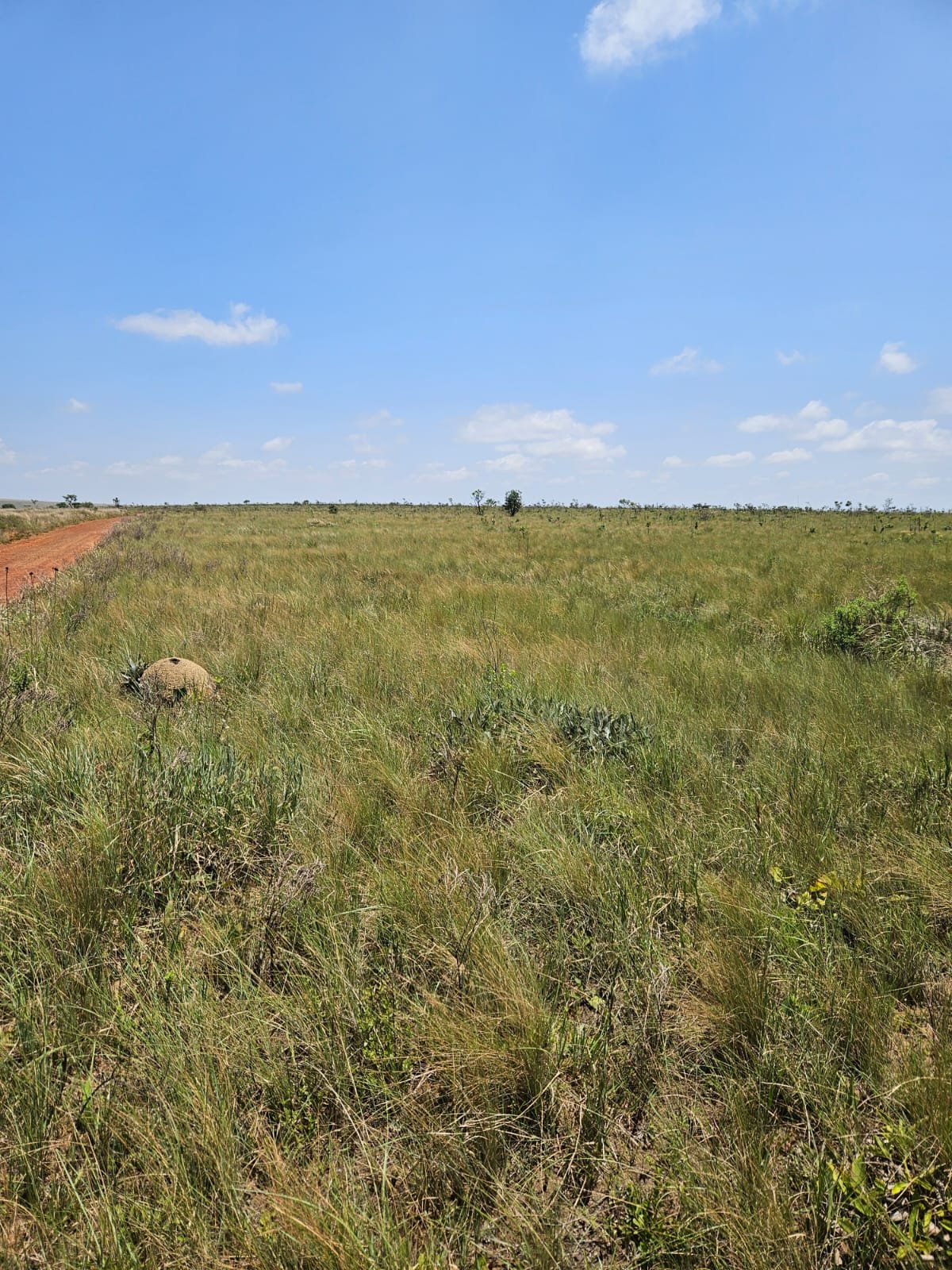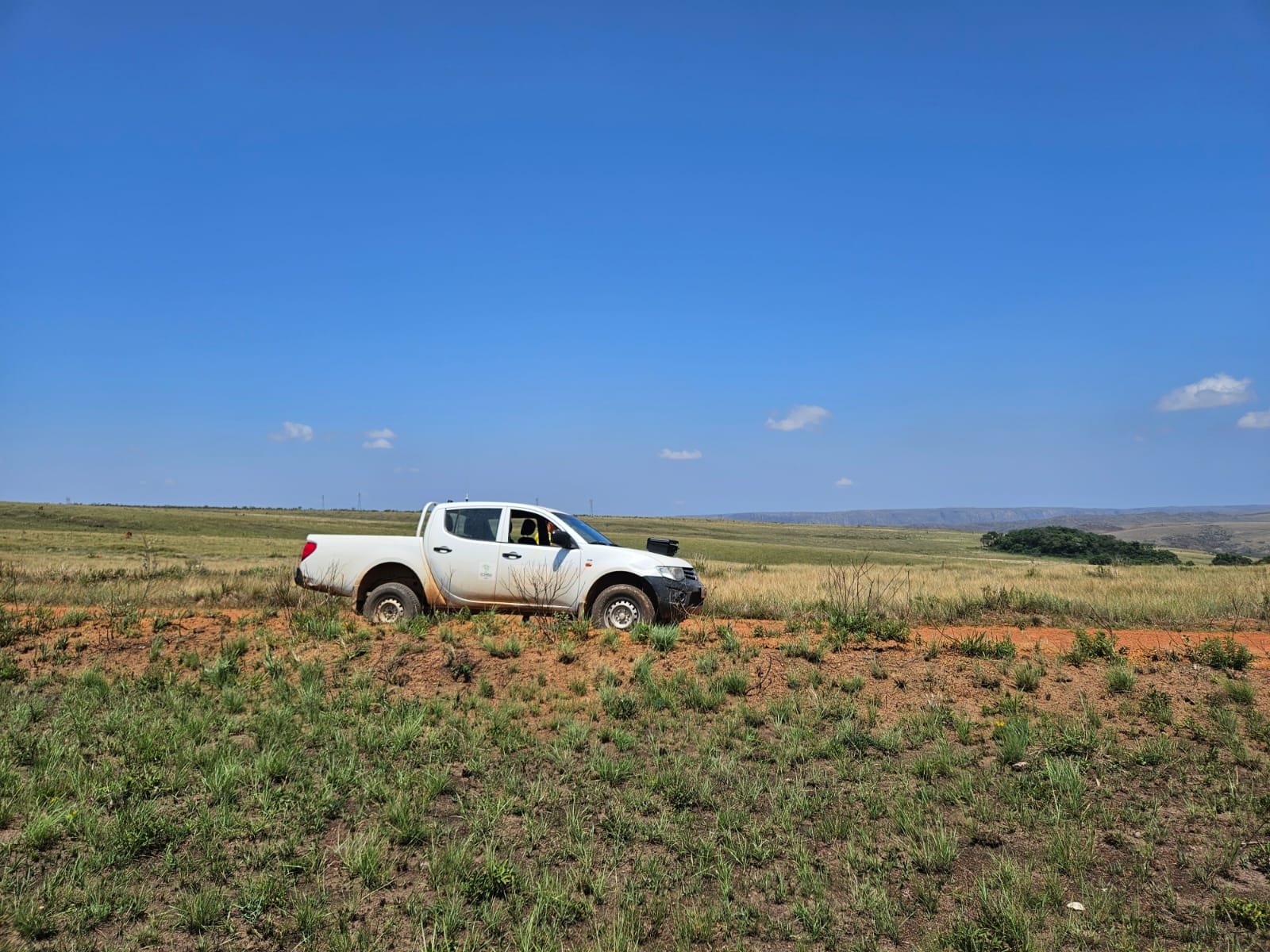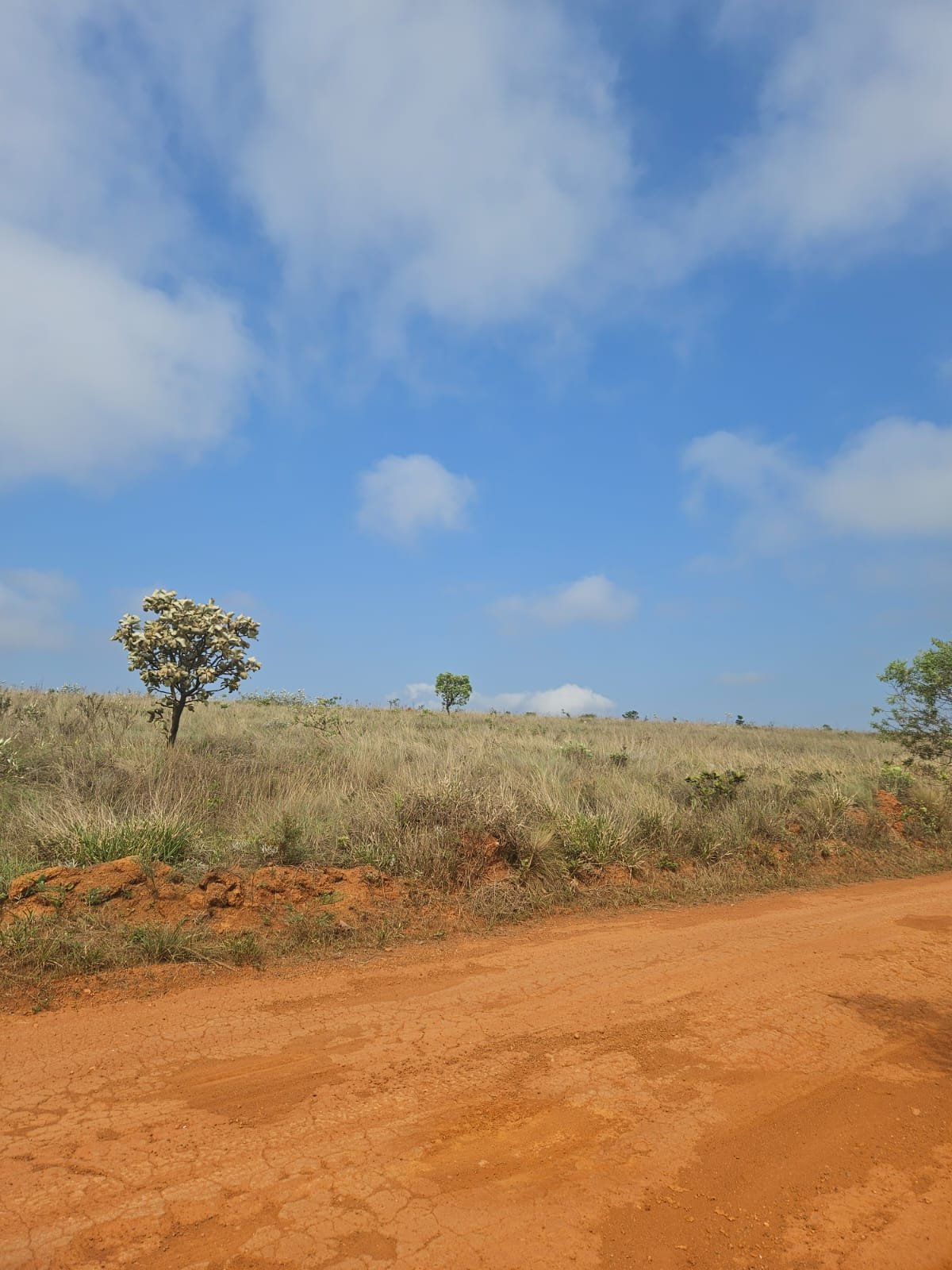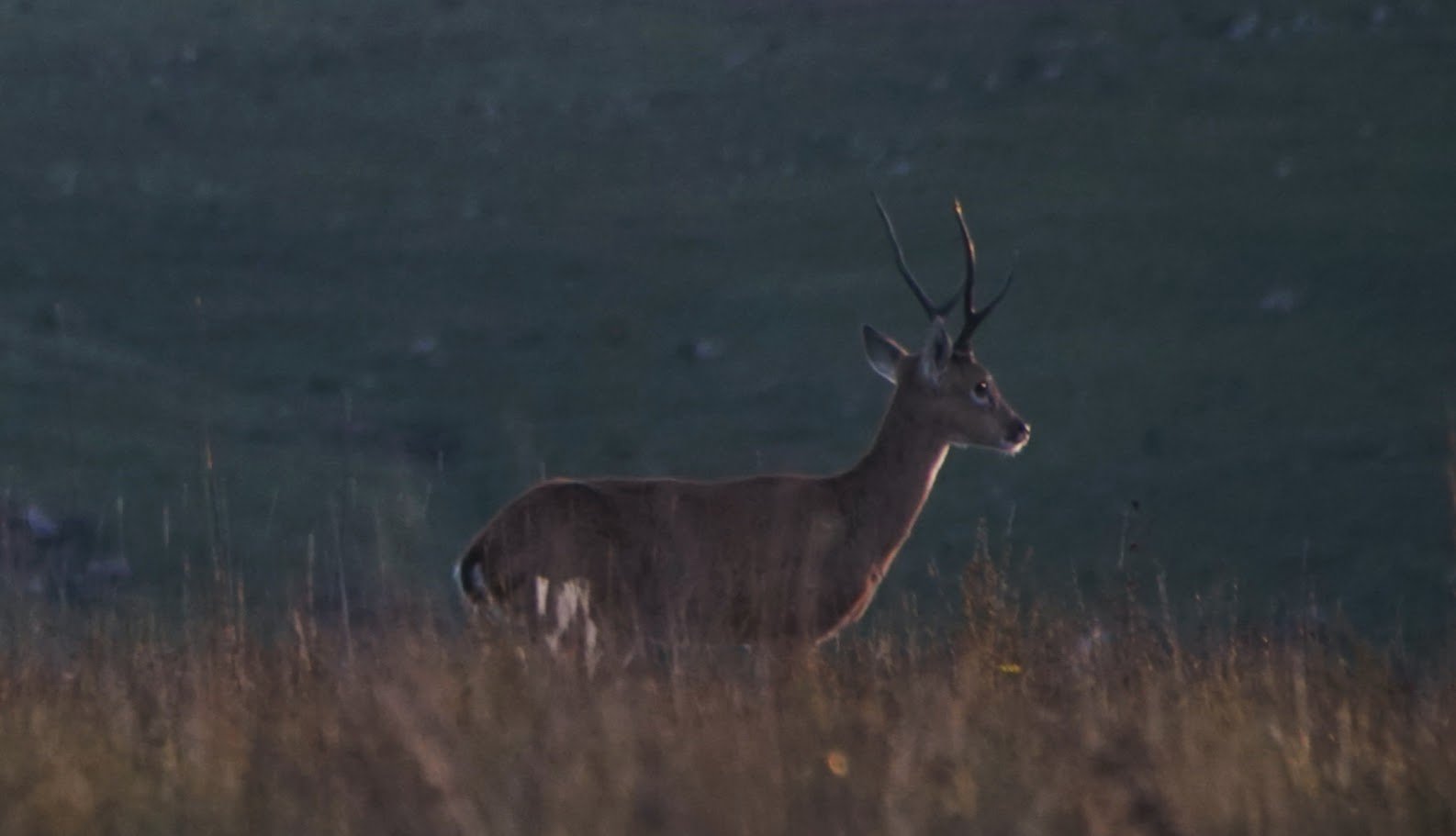A positive agenda for sustainable agriculture
Startup uses remote sensing, artificial intelligence and farmers' knowledge to design financial mechanisms and generate green credits for savannah and grassland areas in the Cerrado
Photos: Sintropica Capital Natural archive
As one of the world's most biodiverse biomes, with eleven different phytophysiognomies – comprising savannah, forest, and grassland formations – the Cerrado is not for amateurs: satellite monitoring images do not accurately identify the difference between an exotic grass such as brachiaria and a field of native vegetation. What's more, the vastness of the biome limits the economic viability of manual soil health analyses. A team from Sintrópica Capital Natural is working with research institutes, universities, and farmers to develop remote sensing and artificial intelligence analysis protocols and tools that enable more accurate, affordable, transparent, and scalable soil and plant-cover analyses, able to help generate green credits and increase the value of sustainable, low-carbon agriculture in the region.
As a participant in the Sustainable Soy in the Cerrado Program – created through a partnership between AgTech Garage and the Land Innovation Fund, with strategic support from Cargill, CPQD, Embrapa and Embrapii – and a recipient of financial support from the Startup Finance Facility, Sintrópica Capital Natural is developing multispectral technologies with different sensors to calibrate algorithms and detect deforestation or preservation in crop and savannah areas, which are more difficult to monitor using satellite images. The startup's proposal is to establish metrics to monitor actions in the field and pay for environmental services, using the data to build a positive agenda to recognize and reward farmers.
Seen from the sky through satellite images, grasslands and savannahs are often mistaken for pastures. Such difficulties in transparently and accurately identifying and monitoring these phytophysiognomies hinder the implementation of financial mechanisms and the issuing of green credits for these areas of the Cerrado. "These phytophysiognomies are not valued. What's worse, they are very valuable areas in environmental terms. They are great at retaining water and have high levels of biodiversity," explains Fernando de Sousa, the startup's founder and CEO.





Sintrópica is collaborating with researchers at MapBiomas Pastures and ICMBio's Cerrado Conservation Center to organize remote sensing methodologies and generate monitoring protocols able to automate analyses of areas potentially eligible for CPR-Green in the Cerrado bonds, at a lower financial cost and with more accurate and reliable monitoring for investors. With CPQD, the startup does the data processing needed to structure an artificial intelligence process and manage data in the cloud. With Planet, they have access to high-resolution satellite images, which are essential for training the machine and calibrating the algorithms needed for more effective remote sensing.
The data gathered by research institutions could only be validated with the support of farmers, who identify the evolution of grass cover over the course of a year in satellite images, an essential step for researchers to be able to generate a farm’s spectral signature. "Each native or exotic grass has its own growth curve, with flowering and vigor at different times of the year. We were only able to reconstruct the time series of the past five years with help from the farmers, who told us when each of them would flower, or at what time of year they would be greenest after the rainy season. This information was fundamental to put together a baseline for our research," explains Fernando.
Once the image mapping had been completed, the startup went into the field to collect data in Conservation Units and buffer zones around the Emas National Park, Serra da Canastra National Park and Chapada dos Veadeiros National Park that could provide parameters for the project's baseline. "The fieldwork validated our assumptions and confirmed the satellite image survey. We achieved an unprecedented 85% accuracy in the results. And we want to reach 90%," explains Fernando.
The fieldwork also highlighted the importance of preserving savannah and grassland areas to maintain the Cerrado's biodiversity. These phytophysiognomies are natural ecological corridors for the biome's fauna and underscore the urgent need to create a Green CPR – with access to exclusive rural credits or special conditions for the purchase of bio-inputs, for example – to help contain the advance of the agricultural frontier in the region. "We want to create conditions for farmers to produce more and better, in synergy with the environment. In this sense, financial mechanisms are fundamental for farmers to prefer recovering degraded pastures instead of moving into new areas of Cerrado that are still preserved," adds Fernando.
Innovative mapping of soil carbon stabilization:
Carbon retention potential of Brazilian soils.
On a separate front, Sintrópica Capital Natural is mapping the carbon retention potential of Brazilian soils, by cross-referencing data from a variety of indicators – climate, lithology, soil type, texture – in their multiple regional variations, as well as soil stabilization capacities following the implementation of conservation practices. The data will create a novel map of the soil's carbon retention and stabilization capacity and identify regions with the greatest potential for implementing Green CPR projects in the GHG gas market.
"We understand that carbon is a significant variable which depends on conservation measures adopted on farms. And we know how difficult it is to measure carbon absorption in environments and soils as different as those found in our country. Our research will generate valuable maps showing the potential for carbon retention and the soil's stabilization capacity considering climatic and mineralogical variations, in order to define indicators adapted to different regions and understand how far we can go in adopting sustainable soil practices," adds Fernando.
The startup's proposal is to achieve greater precision for carbon projects in Brazil, while respecting the country's enormous variety of climates and soil conditions. The map is at an advanced stage of development and should lead to a scientific article in the coming months, with participation and oversight by researchers from ESALQ's department of soil in Piracicaba. All that remains to be done is the consolidation and final analysis of the field data.
"Laying the ground for knowledge exchange between the academy and the market, research and the field, has always been a horizon for the Land Innovation Fund. Initiatives like Sintrópica Capital Natural contribute directly to building an innovation landscape focused on sustainable agriculture, and underline the importance of exchanging knowledge to find solutions," says the Fund's director, Ashley Valle.
Sustainable Soy in the Cerrado Program:
Sintrópica Capital Natural is one of 28 startups selected during five cycles to be part of the Sustainable Soy in the Cerrado Program (PSSC) portfolio. Since it was launched in March 2021, the PSSC has received 253 applications from 17 states in Brazil, as well as the Federal District. Of this total, 18 projects implemented by 22 startups were selected to receive financial support from the Startup Finance Facility. In addition, startups selected to become part of the portfolio received more than R$ 2.4 million in additional resources from partner institutions to improve their solutions. 29 researchers from the Cerrado Fellowship and 20 farmers from For Farmers have participated in the program.


